Kindergarten Standards, Kindergarten Reading Standards, Kindergarten Language Standards, Kindergarten Skills, Standards Kindergarten
Kindergarten Language Standards
Conventions of Standard English
- L.K.1. Demonstrate command of the conventions of standard English grammar and usage when writing or speaking.
- Print many upper- and lowercase letters.
- Use frequently occurring nouns and verbs.
- Form regular plural nouns orally by adding /s/ or /es/ (e.g., dog, dogs; wish, wishes).
- Understand and use question words (interrogatives) (e.g., who, what, where, when, why, how).
- Use the most frequently occurring prepositions (e.g., to, from, in, out, on, off, for, of, by, with).
- Produce and expand complete sentences in shared language activities.
- L.K.2. Demonstrate command of the conventions of standard English capitalization, punctuation, and spelling when writing.
- Capitalize the first word in a sentence and the pronoun I.
- Recognize and name end punctuation.
- Write a letter or letters for most consonant and short-vowel sounds (phonemes).
- Spell simple words phonetically, drawing on knowledge of sound-letter relationships.
Knowledge of Language
- L.K.3. (Begins in grade 2)
Vocabulary Acquisition and Use
- L.K.4. Determine or clarify the meaning of unknown and multiple-meaning words and phrases based on kindergarten reading and content.
- Identify new meanings for familiar words and apply them accurately (e.g., knowing duck is a bird and learning the verb to duck).
- Use the most frequently occurring inflections and affixes (e.g., -ed, -s, re-, un-, pre-, -ful, -less) as a clue to the meaning of an unknown word.
- L.K.5. With guidance and support from adults, explore word relationships and nuances in word meanings.
- Sort common objects into categories (e.g., shapes, foods) to gain a sense of the concepts the categories represent.
- Demonstrate understanding of frequently occurring verbs and adjectives by relating them to their opposites (antonyms).
- Identify real-life connections between words and their use (e.g., note places at school that are colorful).
- Distinguish shades of meaning among verbs describing the same general action (e.g., walk, march, strut, prance) by acting out the meanings.
- L.K.6. Use words and phrases acquired through conversations, reading and being read to, and responding to texts.
-
Sale!
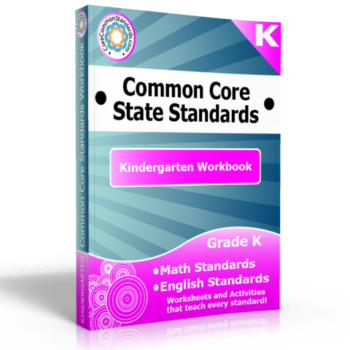
Kindergarten Common Core Workbook Download
$39.00 Add to cart -
Sale!
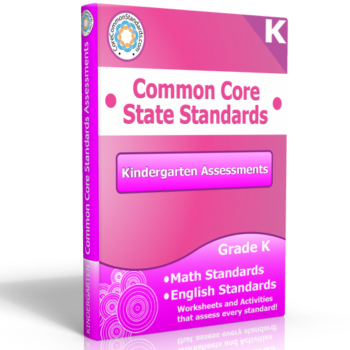
Kindergarten Common Core Assessment Workbook Download
$29.00 Add to cart -
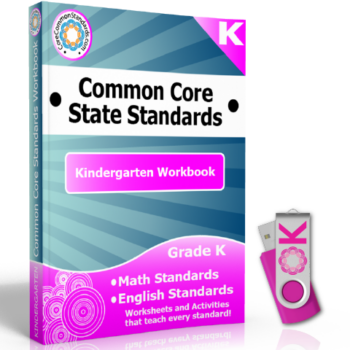
Kindergarten Common Core Workbook USB
$79.00 Add to cart -
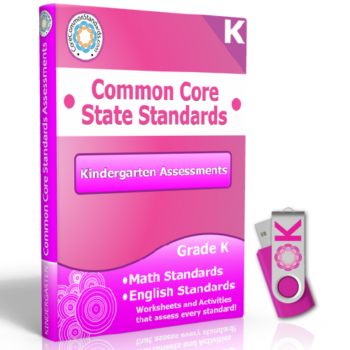
Kindergarten Common Core Assessment Workbook USB
$69.00 Add to cart -

Kindergarten Common Core Workbook Paperback
$199.00 Add to cart -

Kindergarten Common Core Assessment Workbook Paperback
$99.00 Add to cart -
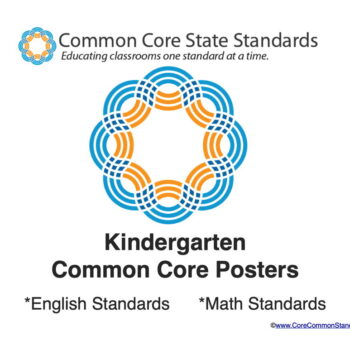
Kindergarten Common Core Standards Posters
FREE Add to cart